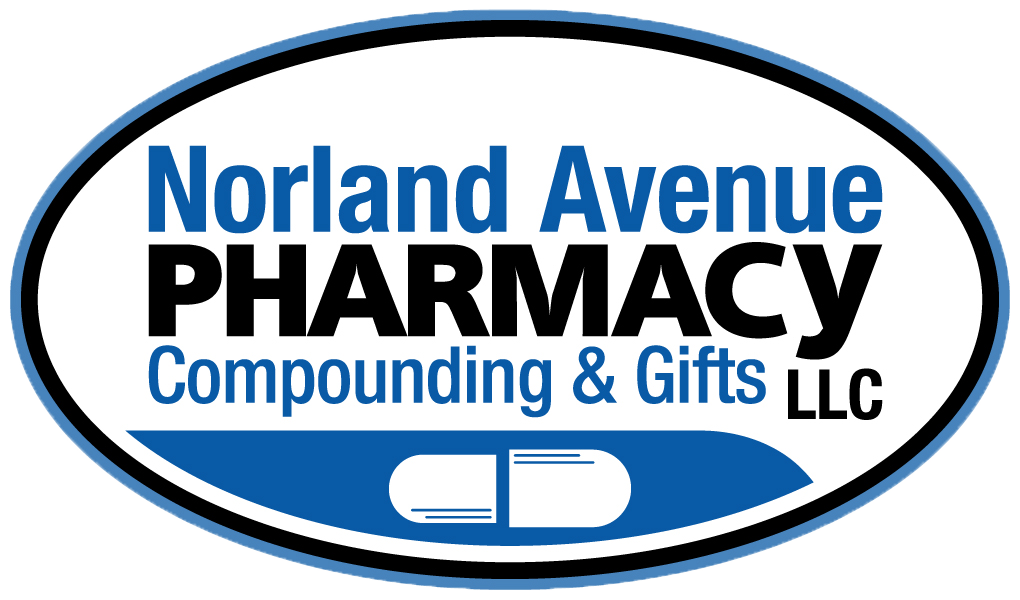Open Enrollment is Confusing. Don't Tackle it Alone
- Norland Avenue Pharmacy
- Oct 30, 2020
- 4 min read
Updated: Jul 17, 2024
Medicare Open Enrollment runs from October 15th through December 7th. During Open Enrollment, all Medicare enrollees have the opportunity to switch Medicare plans or enroll in a plan for the first time if eligible. If you change plans, the new plan’s coverage will begin on January 1st of the new year.
There’s an extended enrollment period for Medicare Advantage beneficiaries. If you’re currently enrolled in a Medicare Advantage plan, you have a one-time opportunity from January 1st through March 31st to enroll in a new Medicare Advantage plan OR drop your Medicare Advantage plan for a stand-alone Prescription Drug Plan.
Drug coverage through Medicare has different “phases” throughout the year. If you transition to a different phase, your prescription drug costs will change.

What do I need to know about Medicare coverage?
What is my deductible?
This is the amount you must pay for your medications before your Medicare plan begins to cover a portion of the costs. You pay 100% of your drug costs until the total of those costs reach your plan’s set deductibles, which changes every year. Important note: several plans cover certain drugs immediately, before you reach your deductible limit. This means that these drugs will be covered as if you’re in the initial coverage phase, and the copays for these drugs will NOT count towards the deductible limit.
What is my initial coverage?
Once the yearly deductible is met, you pay a copayment (set amount) or coinsurance (percentage of the drug’s full cost) for medications. What you pay during initial coverage depends entirely on your insurance plan. Important note: be aware of coinsurances, as these payments are subject to significant variance throughout the year if the drug’s full cost changes significantly.
What is my coverage gap (donut hole)?
Once the total shared cost of your drugs (what you pay and what your insurance pays) equals $4,130, you will enter the coverage gap. In this phase you will pay 25% of the cost of your medications. This phase ends when your “true out-of-pocket” (TrOOP) reaches $6,550. Important note: Paying 25% is typically a significant increase compared to your copays during initial coverage.
What is my catastrophic coverage?
Once you reach the TrOOP threshold of $6,550 during the coverage gap, you’ll enter catastrophic coverage and only pay a small coinsurance or copayment for the rest of the year. You’ll pay $9.20 for brand name and $3.70 for generic medications, OR 5% of the medication’s total cost (whichever is greater).
When can I change my plan?
Most people typically cannot change their plan outside of Open Enrollment, which is why it’s very important to review your plan options during this short window of time. There are circumstances in which you may be able to change your Medicare plan outside of Open Enrollment. Here are the most common special enrollment periods:
You have Medicaid. In this case you are eligible to change your Medicare plan once each quarter of the year.
Your living situation has changed (i.e. you moved into our out of a long-term care facility).
You lost your current drug coverage.
Medicare plans change their coverage at the start of each calendar year, which is why it’s important to review your options during Open Enrollment and enroll in a new plan if there’s a more suitable option for the upcoming year. Here’s what can change:
Monthly premium: This is a set amount you pay out-of-pocket to the plan each month, whether you’re taking any medication or not.
Deductible: As previously mentioned, this is the amount you pay for your drugs out-of-pocket until the plan starts covering a portion.
Covered medications: Drugs that your plan will cover the costs for. If a drug isn’t on the plan’s formulary (list of covered drugs) you’ll have to pay the full price for the medication.
Drug restrictions: Additional requirements in order for the plan to cover the costs for certain drugs including prior authorizations, day sup-ply restrictions, quantity limits, and step therapy restrictions.
Plans also identify preferred pharmacies. These are the pharmacies where your medications will be the cheapest. If you feel strongly about staying at your pharmacy, you will want to be sure to pick a plan that identifies that pharmacy as preferred.
This year, we are pleased to announce that Norland Avenue Pharmacy is a preferred pharmacy for Indy Health Insurance Company. Indy Health’s SaverRx and EliteRx plans allow you to stay with the independent pharmacy you have grown to know and trust.
Confused? We're Here to Help
With all the changing parts, it’s easy to feel uncertain. We are here to help. Call us to schedule your free Medicare plan review. During the review, we will explain:
Which plans do and do not cover your medications.
Which plans have high premiums and deductibles.
What copays you should expect to pay in the new year.
What you can expect to pay out of pocket in the coming year, and when you will reach the donut hole.
Which plans have better ratings for customer service.
Call today to schedule your free consultation: (717) 217-6790
*These statements are culmination of the knowledge and experience of the team at Norland Pharmacy. The information provided here is for informational purposes only. Please consult your healthcare provider with questions concerning any medical condition or treatment. Compounded medications are not reviewed by the FDA for safety or efficacy. These statements have not been evaluated by the Food and Drug Administration, and this product is not intended to diagnose, treat, cure or prevent any disease.




Comments